The Independent's journalism is supported by our readers. When you purchase through links on our site, we may earn commission.
Berlin city guide: Where to eat, drink, shop and stay in Germany’s hip capital
How to take the ultimate trip
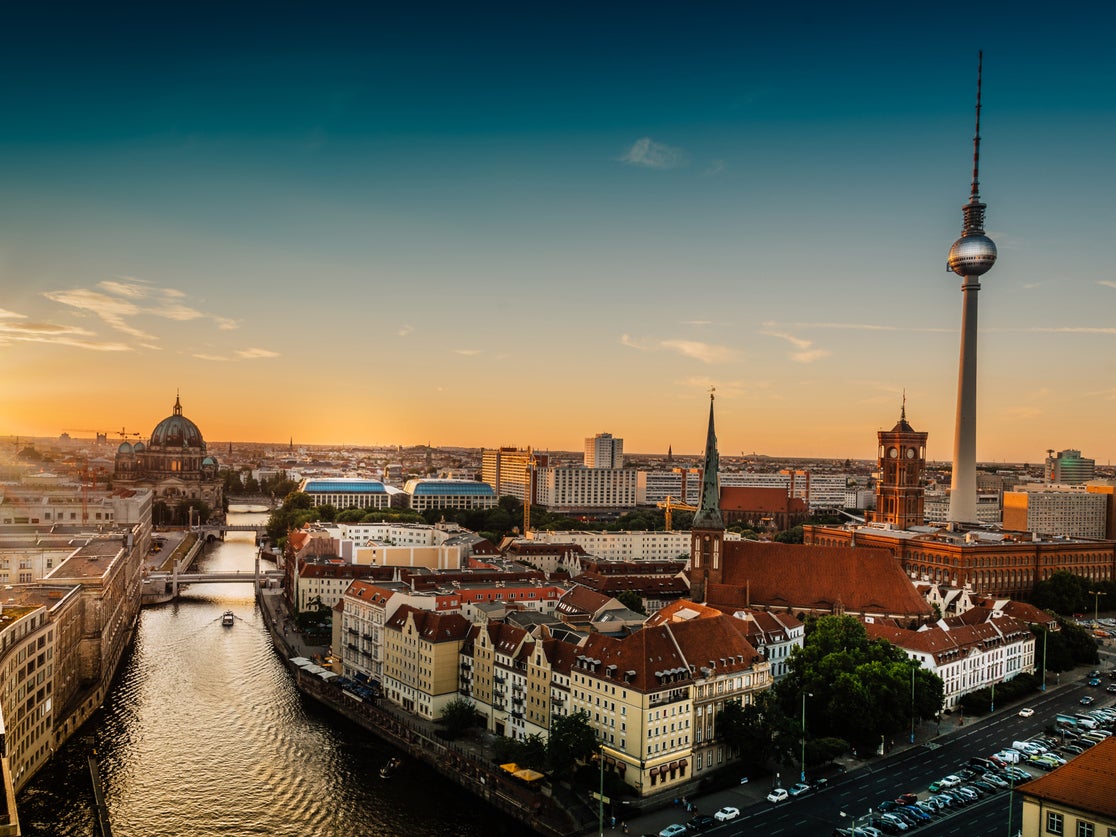
Berlin is a city of contrasting seasons: long, dark winters when locals bundle up in layers to survive Siberian winds, followed by sweltering summers spent sprawled in parks and next to lakes.
In stately western Berlin, the wide boulevards are punctuated by shopping malls and Starbucks coffee shops, completely different in style to its former-Soviet eastern half, with its mass-produced, pre-fabricated Plattenbau apartment blocks. At Potsdamer Platz, visitors find a global capital city with gleaming glass skyscrapers. But a more transgressive side to the city persists at night in the clubs and bars, despite rising property prices. The many sides to the city joined together in 2019 to celebrate 30 years since the fall of the Berlin Wall.
The Independent’s hotel recommendations are unbiased, independent advice you can trust. On some occasions, we earn revenue if you click the links and book, but we never allow this to affect our coverage.
What to do
Dive into history
Only 200 metres of the Berlin Wall remain, weathered to the wire, at Niederkirchnerstrasse, which marked the border between Mitte in East Berlin and Kreuzberg in West Berlin. It’s free to walk the length of it. Turn your head to see the Topography of Terror, a museum housed in the former headquarters of the Nazi secret police, where a free exhibition details the most horrifying period of German history. From here, walk north past Checkpoint Charlie and Potsdamer Platz, which has been reconstructed since the fall of the wall with a dizzying number of skyscrapers. As you head towards the Brandenburg Gate, look out for the Memorial to the Murdered Jews of Europe, a gloomy sculpture of coffin-like concrete slabs that visitors can walk in between.
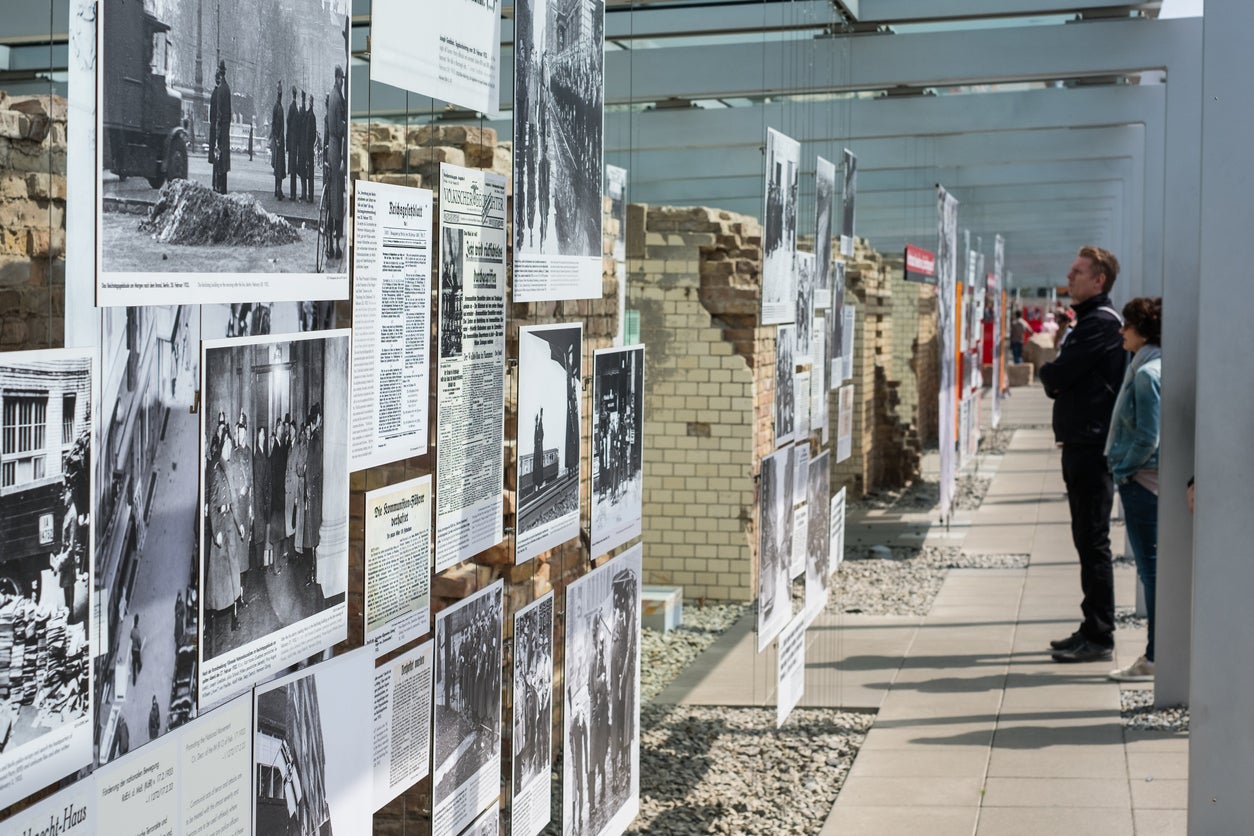
Wander the museums
Five museums jostle for space on Berlin’s Museum Island, and visiting them all would take more than a day. With one ticket at €18 (£15), you can pick out the highlights: the bust of Nefertiti, the Egyptian queen, at the Neues Museum; the Pergamon Altar built on the terraces of the acropolis at the Pergamon Museum; and the European sculpture collection at the Bode Museum. All are closed on Mondays.
Take a dip
If visiting in summer, the Badeschiff is essentially a swimming pool on a barge, where you can do lengths in turquoise water overlooking the River Spree. Dry off in the sun with a beer and a deckchair on the beach. Check the venue listings for regular parties and live music. Entry €5.50.
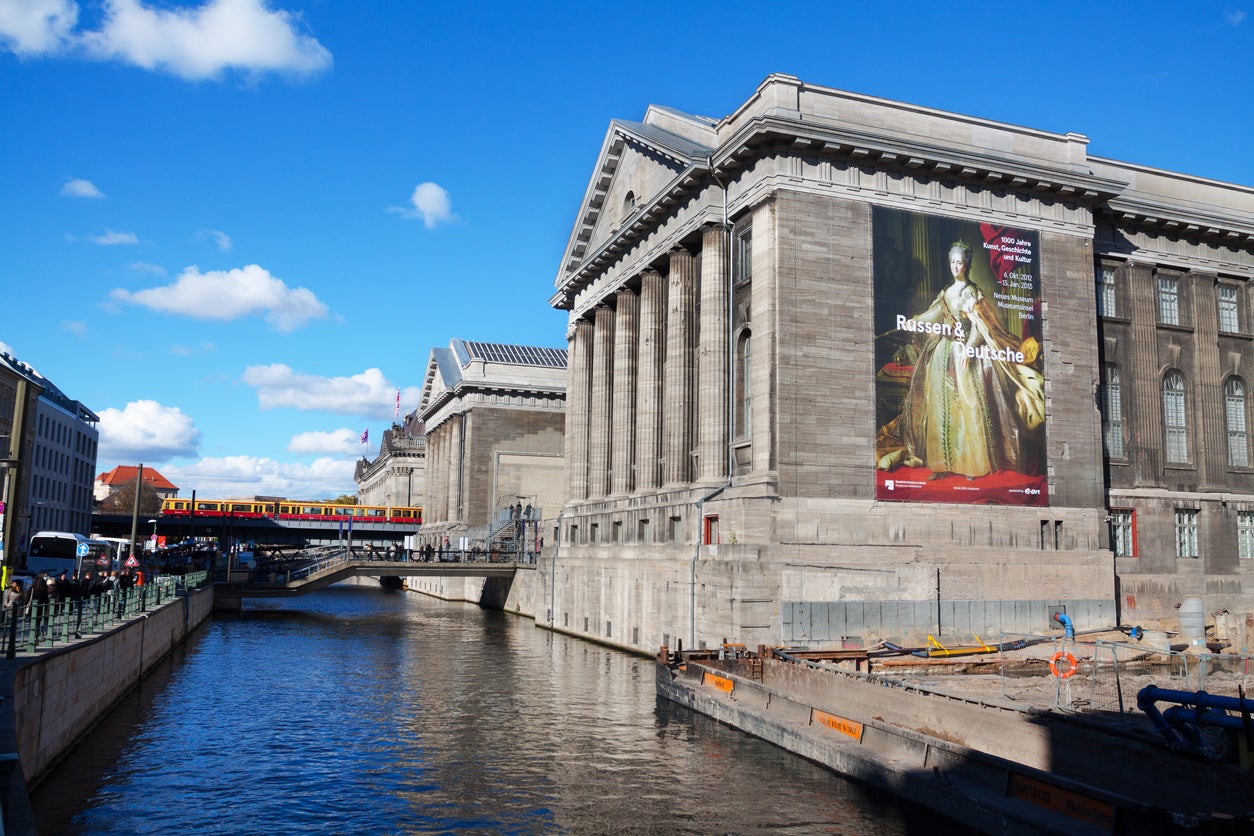
Embrace the nightlife
Clubbing doesn’t start until after midnight in Berlin. Spend the hours after dinner at Monster Ronson’s Ichiban Karaoke, a queer-friendly bar with a stage for exhibitionists and 10 private booths, before heading to one of Berlin’s many clubs (booths from €12 per hour). Berghain is still the most famous, but if you can’t be bothered with the queues and the infamous door policy, a once-illegal club in Ostkreuz called ://About Blank is well loved by locals. And for good reason: the divey interior has two dancefloors, but the party stretches into a large forested garden, perfect for getting lost until it gets light.
Where to stay
In the handsome northerly district of Prenzlauer Berg, a former public bathhouse has been transformed into Hotel Oderberger. The baths have been painstakingly restored, with vaulted ceilings surrounded by grand columns. Quite the place for a morning swim (be aware that guests still have to pay). The guest rooms are spacious and modern – some have stairs up to mezzanine bedrooms – and breakfast is a sumptuous spread of cheese, meat and fruit with a waffle-making station for the especially hungry. Doubles from £108, B&B.
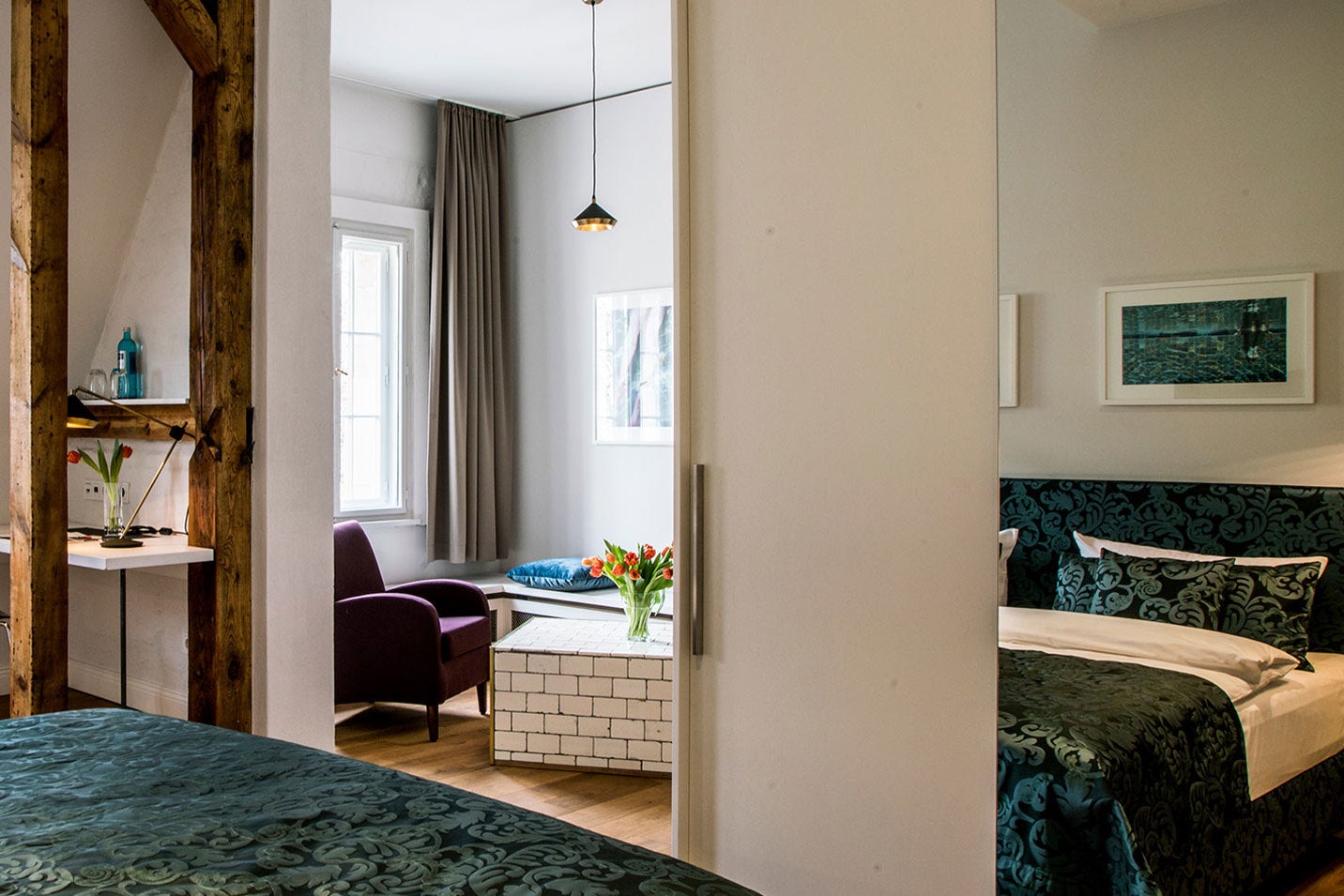
In the west of the city, Max Brown Ku’Damm has become a popular brunch spot for locals, with queues around the block on the weekends. The hotel, named after the nearby shopping avenue, has 70 rooms with oak floors, white shutters and whimsical features such as basketball hoops and Crosley record players. The hotel happy hour runs from 5-9pm. Doubles from £54, B&B.
Where to eat
Nearly three million people of Turkish descent live in Berlin, many of them around Kreuzberg. The area has become a haven for Turkish food. More recently it has welcomed foreigners from Afghanistan and Syria, some of whom work at the Kreuzberger Himmel on Yorckstrasse, which provides asylum seekers with a stable job while they figure out their papers. The food is far from charity: politicians regularly visit for drinks and mezze in the elegant interior, while the Fatteh Makdoush, a creamy aubergine stew, is extraordinary.
Rediscover traditional German cuisine at Knodelwirtschaft, a cosy dumpling restaurant, on Fuldastrasse in Neukolln. Choose between two, three or four gut-busting cheese, meat and spinach dumplings, served on shared tables lit by candlelight.
For lightning fast, extremely reasonable Vietnamese, you can’t beat Hamy, where a meal for four comes in at under €20. In the warmer months, the communal tables spill out on to the pavement in a good spot between Kreuzberg and Neukolln for a quick bite before a night out.
Where to drink
Klunkerkranich, a sprawling rooftop bar in Neukolln, is the best place to watch the sunset on nice evenings. The entrance is hard to find: take the lift in the Neukolln Arkaden shopping mall all the way to the top and then follow a wide slope up from the corner of the car park. While the place gets packed out in the summer, the indoor bar does wicked spiked chai and gluhwein in the colder months.
Villa Neukolln might not look like much in the daylight, but peer behind a heavy curtain after midnight and you will discover a low-lit Art Deco ballroom filled with beautiful people lounging on sofas and drinking cocktails. The venue hosts live acts and DJs who play until dawn.
For third-wave coffee, Silo Coffee in Friedrichshain serves up Aussie breakfasts and brews from several different roasters, including Berlin’s own The Barn, both by machine and drip.
In Neukolln, a little Swedish coffee shop called Okay Cafe far exceeds its name. The coffee is great and best accompanied by a Swedish bun. A different flavour is made each day.
Where to shop
Vintage shopping abounds in Berlin. At the Dandy Horse, by Gorlitzer Park in Kreuzberg, rails of vintage clothing sit alongside a furniture store and a vinyl warehouse.
A flea market takes place in Mauerpark, Prenzlauer Berg, every Sunday. In the day, tourists and locals browse secondhand furniture, vintage clothing and all manner of goods at the market. As evening approaches, the park amphitheatre fills up for Bearpit Karaoke, a true Berlin highlight.
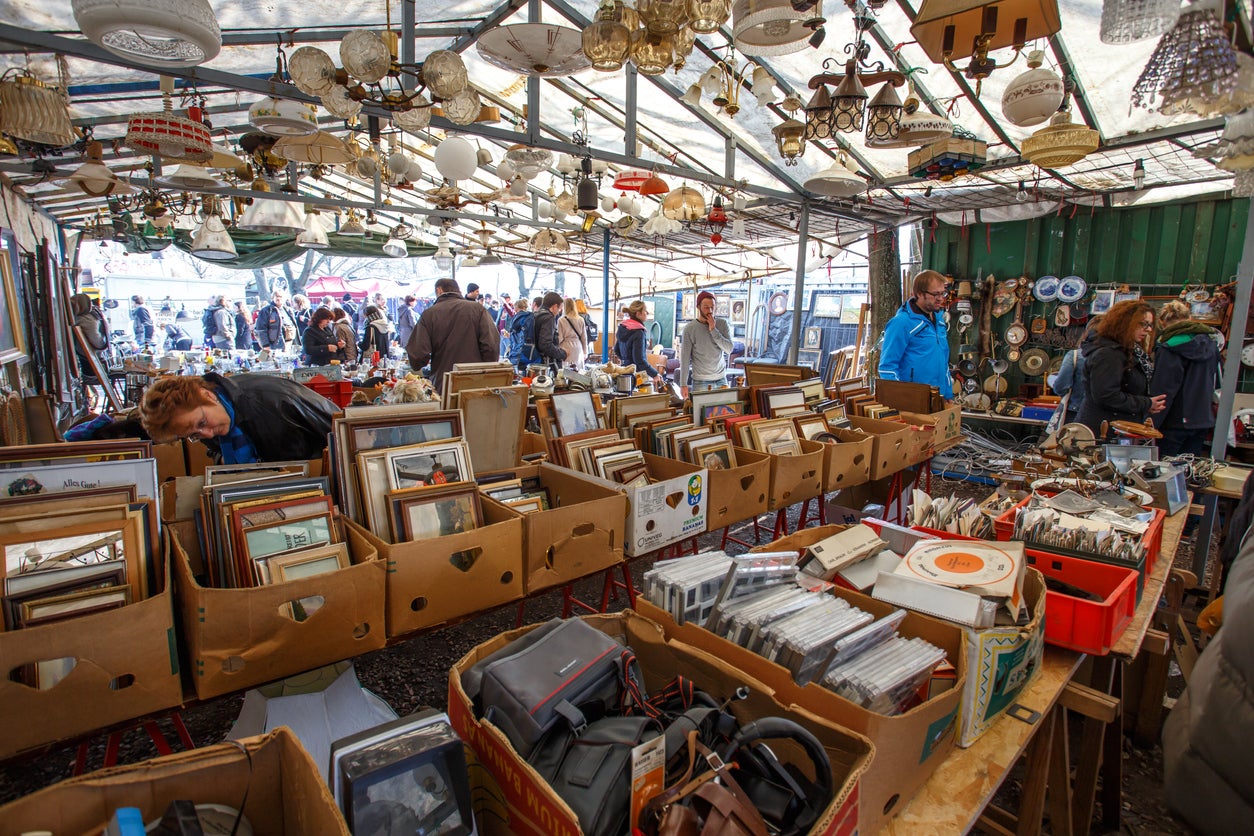
Also on Sundays, a small market at nearby Arkonaplatz sells mid-century furniture, much of it refurbished, alongside trinkets and vinyl.
For clothes, a vintage market at Griessmuhle runs on the first Friday of every month from 1pm until midnight, offering food and live DJs.
For more upmarket, in-store shopping, Kurfurstendamm or Ku’damm in the west of Berlin has 200,000 sq m of shops and restaurants, including flagship stores for international designers.
Meanwhile Bikini Berlin on Breitscheidplatz offers pop-up space for independent retailers, making it a haven for small boutiques and concept stores.
Find the largest department store on mainland Europe at Kaufhaus des Westens, or KaDeWe, on Tauentzienstrasse in Schoneberg. Many visitors head straight for the food hall, with its dizzying array of food from all over the world.
Architectural highlight
The Martin-Gropius-Bau museum is housed in a glorious exhibition hall built in neo-Renaissance style in the late 19th century. It’s worth a visit just to ogle the imposing atrium, as well as to view the world-class exhibitions.
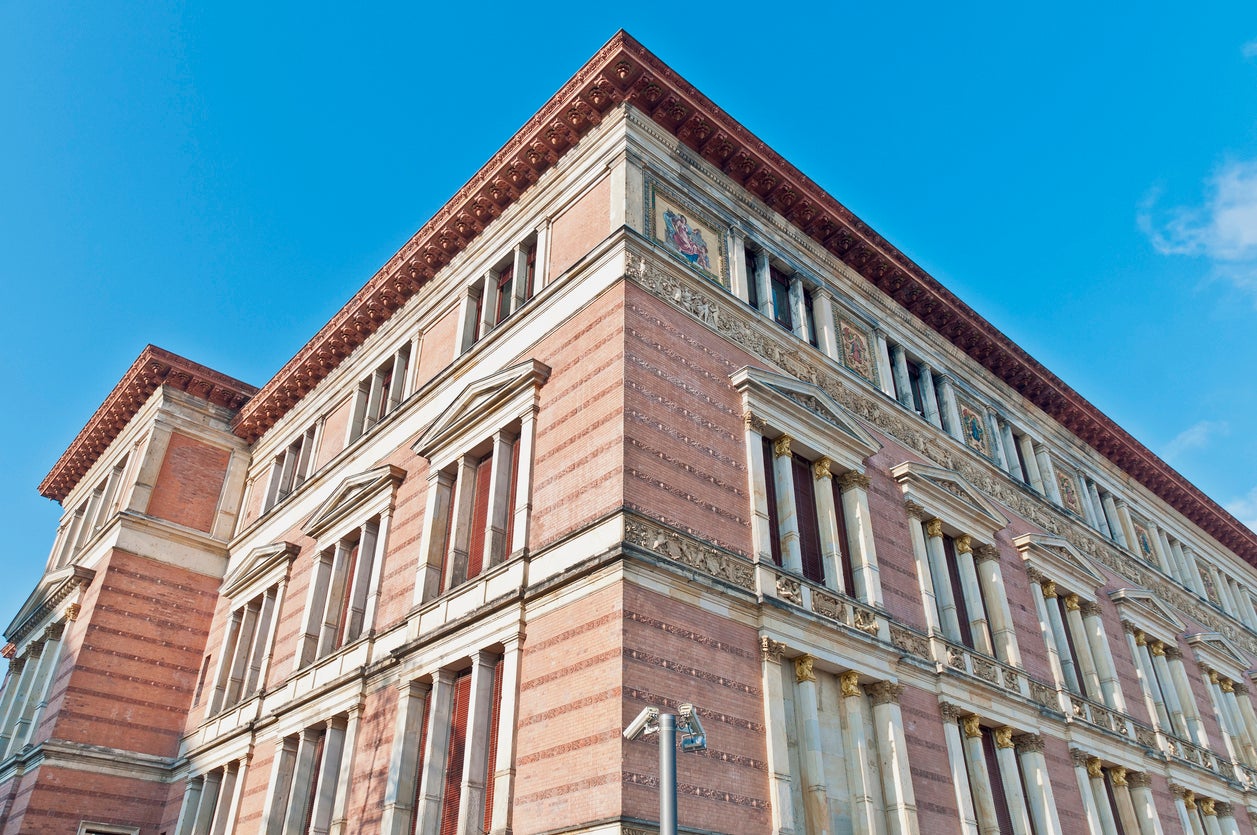
Nuts and bolts
What currency do I need?
Euros.
What language do they speak?
German.
Should I tip?
Between 5-10 per cent for good service.
What’s the time difference?
One hour ahead.
What’s the average flight time from the UK?
Two hours.
Public transport
A valid ticket gives access to all public transport including the S-Bahn, U-Bahn, buses, trams and ferries. Don’t travel without one: plain-clothes officers conduct regular checks and issue on-the-spot fines of €60. A single ticket costs from €2.90 to €3.60; buy a Berlin WelcomeCard to get unlimited public transport, plus discounts of up to 50 per cent on more than 200 tourist attractions. From €20 for 48 hours.
Best view
Sunset at Klunkerkranich, the rooftop garden on top of a parking garage in Neukolln, is hard to beat.
Insider tip
Take the S3 until Rahnsdorf and then walk south to find Neu-Venedig, a network of five canals and 13 bridges where you can hire a boat and paddle past tiny houses and sheds in the GDR style, before stopping in a beer garden to refuel.
Join our commenting forum
Join thought-provoking conversations, follow other Independent readers and see their replies
0Comments